Types of bridges

Suspension bridges
are often used to span large and deep sections of water. Metal cables
suspended from rigid towers are used to support the roadway beneath.
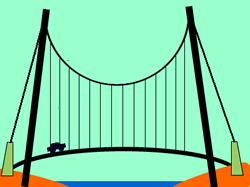
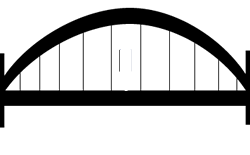


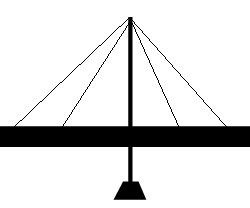
Using the information
given and some of your own research, identify the following bridges and
indicate what forces are acting on each part of the bridge
|
The bridge is a Indicate on the diagram the points on the bridge under compression and those under tension. |
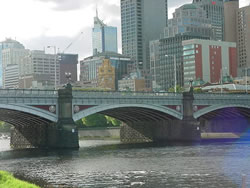 |
|
The bridge is a Indicate on the diagram the points on the bridge under compression and those under tension. |
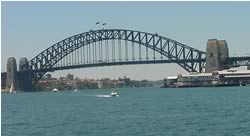 |
|
The bridge is a Indicate on the diagram the points on the bridge under compression and those under tension. |
 |
|
The bridge is a Indicate on the diagram the points on the bridge under compression and those under tension. |
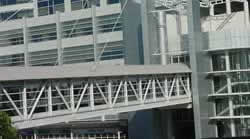 |
| Identify five other bridges in your local area. Drive along the freeway or just walk around the local park. You may photograph or draw the five bridges you see. | |